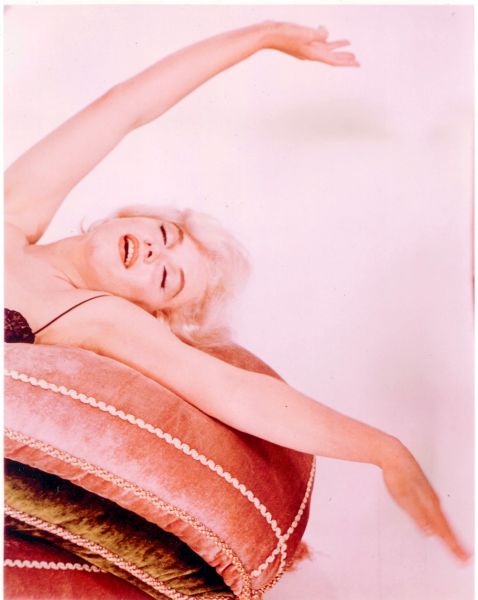
The Village Voice is no longer in print, but much of its illustrious archive remains online – including ‘Blond Lust‘, a piece by Teresa Podlesney from 1993, questioning whether blondness still signified the white feminine ideal, or an increasing freedom of choice.
“Like every other choice we have in the supposedly ‘color-blind’ United States, the choice to be blond should be made so as to prove that one can make it, to prove that one is American. Today’s more effective hair coloring, and the continued mainstreaming of wigs, enable blondness to be achieved by those with even the most resistant hair. Yet the democratization of blondness is not simply the story of perfected cosmetic technology. Blondness is where our changing notions of race and gender come together.
The blondness that attracts media attention today is a blondness that blatantly conjures up images of the 1950s. Madonna and Linda Evangelista, the Kikit and Guess models, are/were all one-tone bleached blonds, their attraction lying precisely in their display of the obviously artificial. This is the key: bottle blonds are not simply women with fair hair. Bleached blonds are a complete and excessively visible package of a femininity considered ‘conventional’ since the height of its expression on the movie screens of the 1950s: dramatic makeup, usually with dark lashes and red lips; large or prominently displayed breasts; highly coded fetish-sexy attire; and, just as taken for granted but ostensibly lying outside of the realm of constructed characteristics, white skin.
The feminine woman was once opposed to the sexual woman, sexuality in this context rendered too savage, too animal-like, the realm of those nonwhite races that had yet to assimilate Christian cultural values. In the ’50s, however, fascination with female sexual behavior — driven by the popularization of Freudian psychoanalysis, the Kinsey report, and the secularization of society — allowed a conflation of femininity with sexuality. For an increasingly image-organized culture, femininity was defined in terms of what was visible, and visibly sexual. Blonds were assured their prominence in this visual reinvention of femininity in 1953, when Marilyn Monroe graced the pages of the first issue of Playboy.“